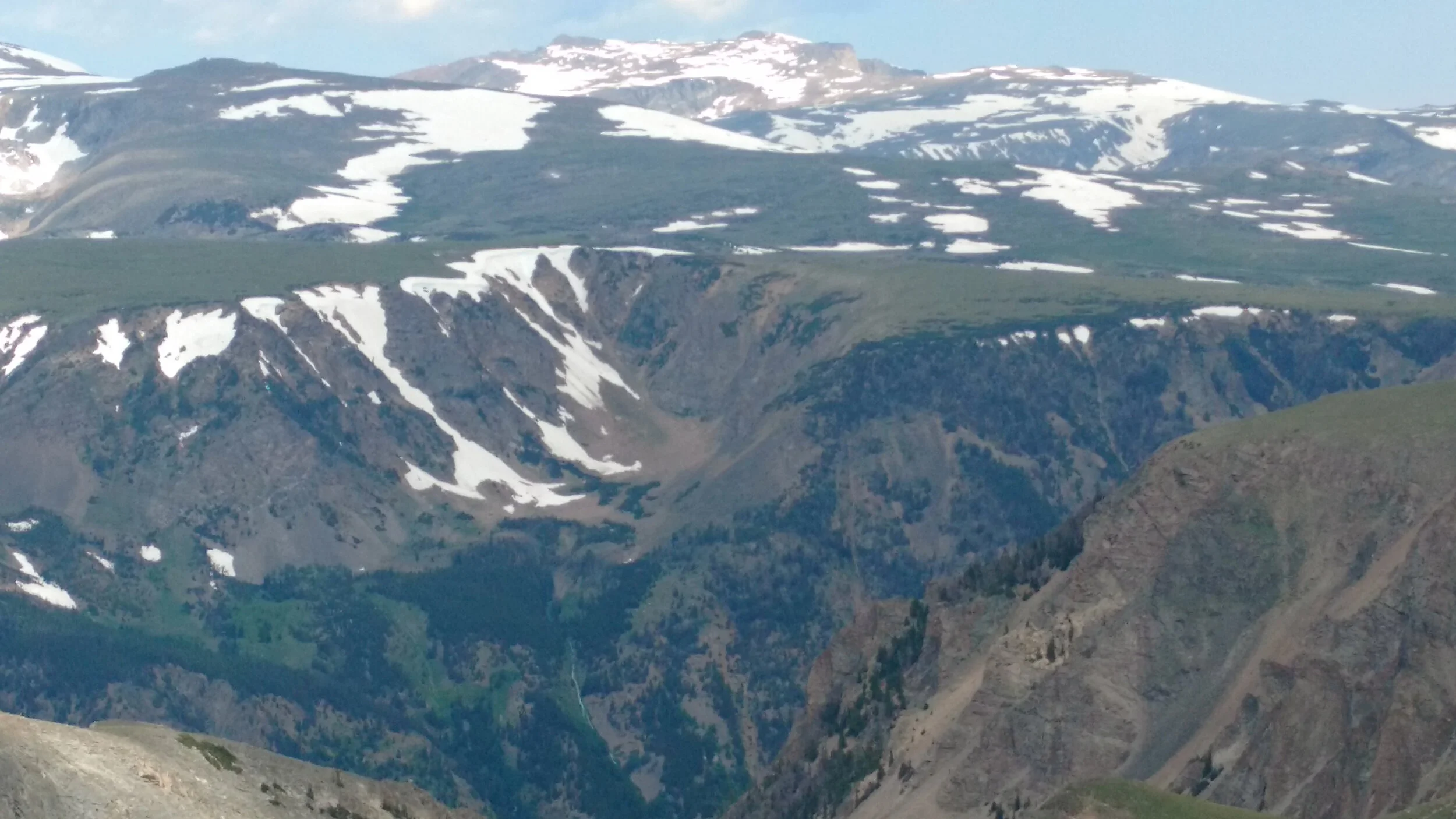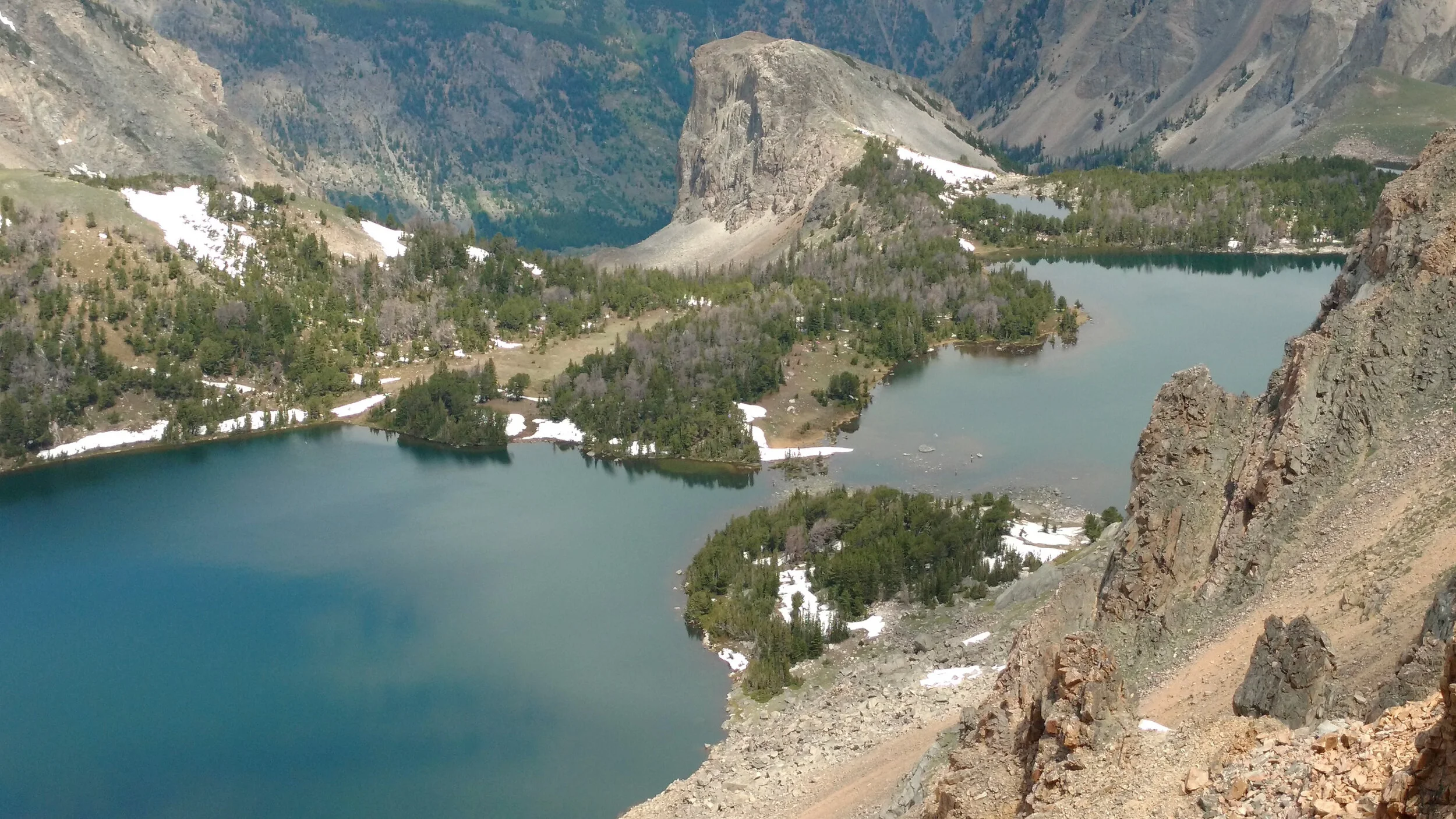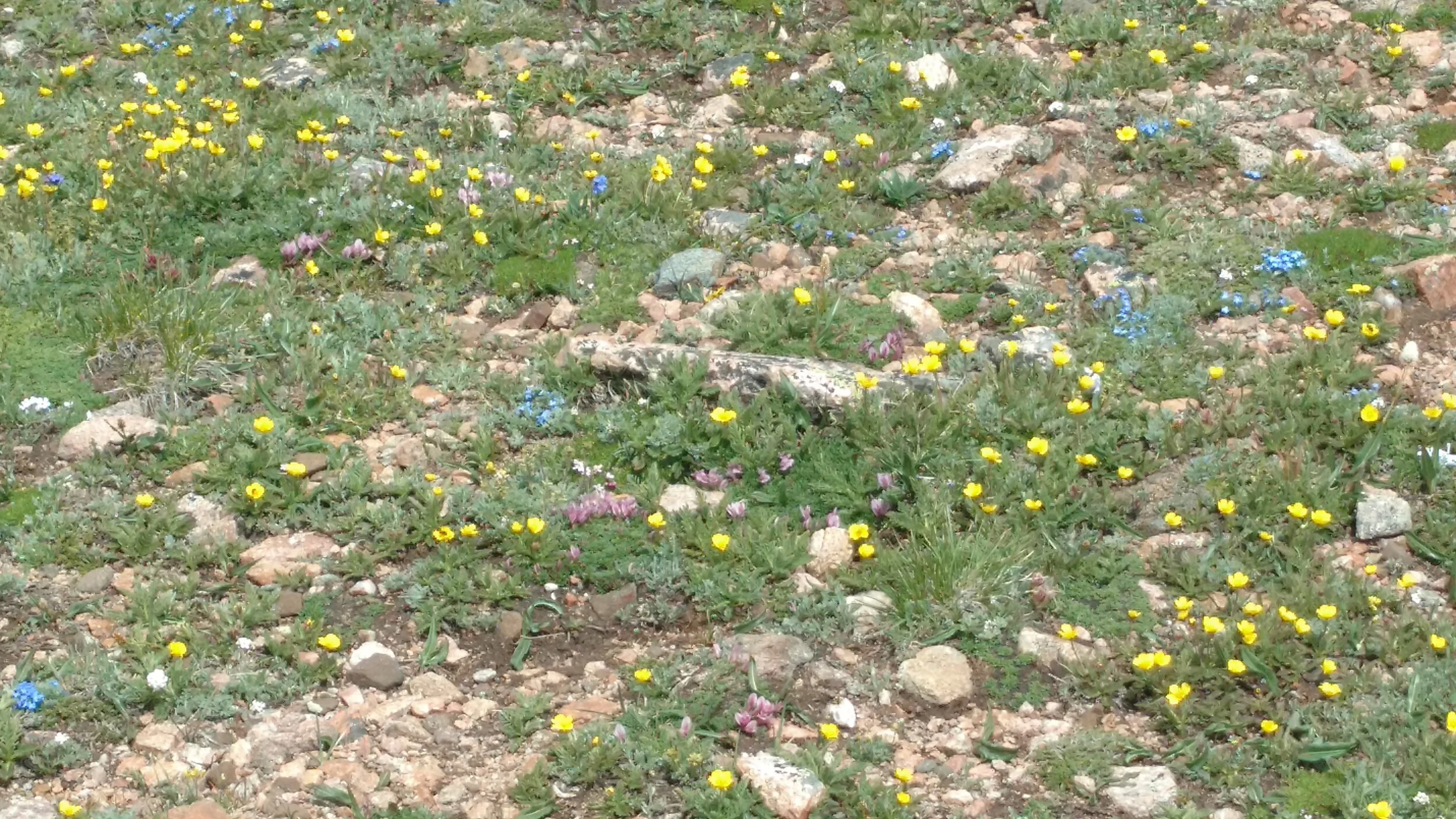Beartooth Highway: Top of the World
The last three years I have spent a week each summer in Montana visiting my friend Lynn. I sleep. I read. I look at wide open spaces from their deck. And we usually do some outing.
Last year we went on a boat ride at the headwaters of the Missouri River. This year, Lynn suggested that we go on the Beartooth Highway. I’m always open to seeing a new stretch of highway! She made this suggestion in the spring and then followed the suggestions pondering whether the snow would be gone by July and the highway open to traffic. This made me intrigued.
When I got to Montana we started looking for a good day to go on the trip. Lynn talked to her husband Dave, who was there for a few days. I didn’t quite know why we were restricted to when Dave was there, but I usually just go with the flow when it comes to adventures. We found a day; Lynn and Dave negotiated the departure time and vehicle choice. We woke up early and proceeded to load the car with a packed lunch and the Australian Sheppard who was relieved to not be left behind.
The Beartooth Highway stretches from Red Lodge to Cook City. It is a sixty-eight-mile road that rises 4000 feet in elevation and has five major switch backs. It is essentially the route to the east entrance of Yellowstone. In fact, you have to go through the park to get to Cook City in the winter when the highway is closed due to snow. Cook City had a population of 140 in 2000.
The highway follows Rock Creek as you leave Red Lodge. As we encountered the first switchback, I was enthralled while Lynn quickly suggested I move to the front seat while she moved to the back and laid down and closed her eyes to keep from looking over drop-offs. Then I knew why we had to take the highway when Dave was in town.
The highway is a living field guide to glacial landforms—an incredible U-shaped glacial valley, glacial cirques and headwalls (the bowl-like features which form at source of glacier), hanging valleys (where a small, high glacial valley meets the deeper main valley), horns (sharp features formed by erosion by cirques on all sides), and rock steps or rock basin lakes.
The highway’s highest point is almost 11,000 feet, but what makes it unique is that it actually stays above the tree line for some distance. Driving at the alpine level makes you feel like you are at the top of the world. And then there were the beautiful alpine flowers and the mountain sheep. What glorious views! As you drive along you wonder about the engineering feat of building this road. And of course, with so many such structures, it was built during the Depression and opened in 1936.
Lynn finally sat up as we descended. I asked her why she suggested this drive if she disliked these types of roads so much. She told me that she knew that I would love it
And indeed I did. Thank you, Lynn, for a great birthday present!














